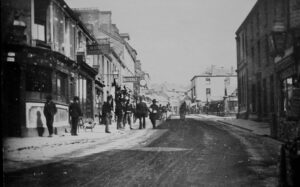An Italian Island Secret by Victoria Springfield is an atmospheric and escapist novel about a long-held family secret on the island of Ischia. 🌞🇮🇹✨
Hollywood, Bollywood, Cannes and…Ischia. The island off the coast of Naples where An Italian Island Secret is set isn’t the first place most people would associate with the film business, but Ischia has hosted some of the world’s greatest movie stars. Think Gwyneth Paltrow, Jude Law and Matt Damon in The Talented Mr. Ripley and Elizabeth Taylor and Richard Burton in Cleopatra. And it is no exaggeration to say that the arrival of the film industry played as big a part in the history of the island as any of its armed conquerors.
During the first half of the 20th century Ischia was poor and undeveloped lacking in proper roads and good sanitation, its population dependent upon agriculture. But after the Second World War the island’s rugged, unspoilt beauty began to attract artists and writers such as Breakfast at Tiffany’s author Truman Capote who stayed for several months in simple lodgings. This in turn led to the coming of the cinematographers and a rash of films were made in the 1950s starring such icons as Burt Lancaster and Gina Lollobrigida. Filming wasn’t always an easy task. Due to the lack of modern transport, the great Italian director Vittorio De Sica commuted to his film set on horseback as late as the 1960s.
The influx of film crews changed the face of the island and the fortunes of its inhabitants forever. People left the fields to work as extras earning more in a week than they usually did in two months. Boat owners ferried goods and people around the island charging many times their usual rates.
The glamour of the movies made Ischia fashionable. Five-star hotels opened attracting celebrities like Audrey Hepburn which fuelled the tourist boom. Today tourism is still the island’s major source of employment though inexplicably it is now largely other Italians who visit Ischia whilst the rest of the world flocks to nearby Capri.
In my new book, An Italian Island Secret, Alessia and her grandmother Ornella return to Ischia where Ornella once worked on the set of the fictional 1950s movie Castello D’Amore. Ornella and her ill-fated younger sister Maria fell under the spell of damaged starlet Sonia and her heartthrob husband Maurilio, changing their lives in ways they could never imagine. Meeting film journalist, Roberto, in the present day, Alessia begins to unravel her grandmother’s secrets.
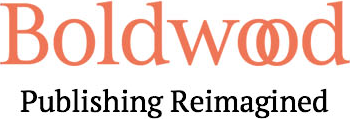


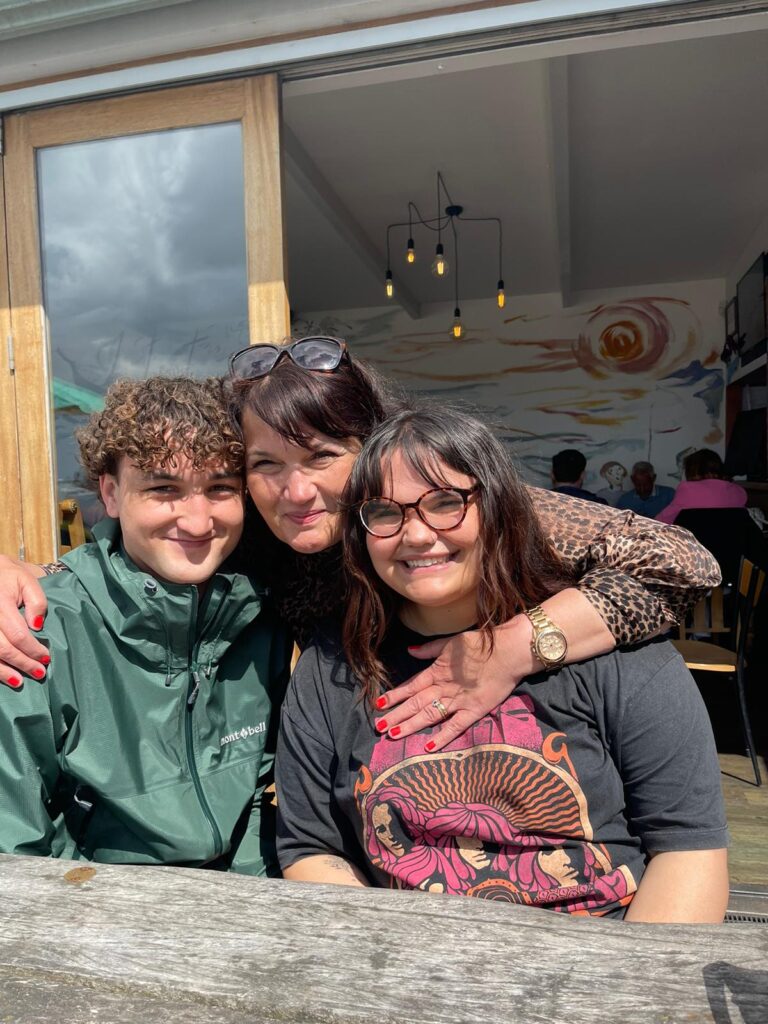
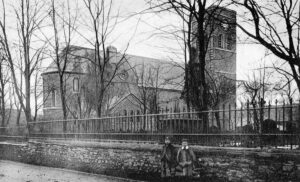 When I was writing The Cobbler’s Apprentice, a small cobbler shop I remembered from childhood, came to mind. It was known as ‘Eggaford’s’. I’ve no idea who the family who
When I was writing The Cobbler’s Apprentice, a small cobbler shop I remembered from childhood, came to mind. It was known as ‘Eggaford’s’. I’ve no idea who the family who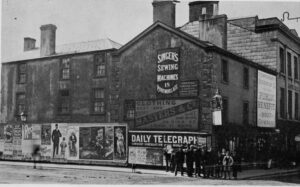
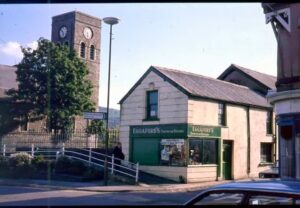 Visiting Eggaford’s with my mother when she dropped off any shoes for repair, caused me to inhale the evocative smells of leather and shoe dye. To this day, I still love the smell of leather. If I close my eyes, I can conjure up the aroma of my new leather school satchel that we purchased there when I moved up to the big school.
Visiting Eggaford’s with my mother when she dropped off any shoes for repair, caused me to inhale the evocative smells of leather and shoe dye. To this day, I still love the smell of leather. If I close my eyes, I can conjure up the aroma of my new leather school satchel that we purchased there when I moved up to the big school.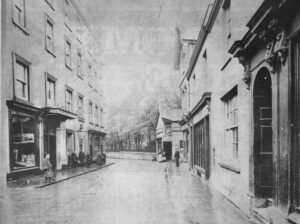 The shop was on a different level to the street. Upon entering, it was necessary to take a few steps down to get to the counter, where two men were busy at work there. I wonder now, in light of my story, if one of them was some sort of apprentice to the other.
The shop was on a different level to the street. Upon entering, it was necessary to take a few steps down to get to the counter, where two men were busy at work there. I wonder now, in light of my story, if one of them was some sort of apprentice to the other.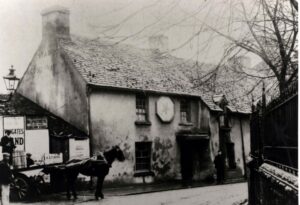 I have a family connection to the building (adjacent to the Parish Church mentioned in the workhouse series of books.) The entire premises was once known as Three Salmons Inn, a coaching inn where people slept on beds of hay. It was owned by Edmund Harman who was my 4 X great grandfather’s brother. Edmund was a wealthy man who owned various properties in the area and a plaque was erected to him at the side of Eggaford’s describing him as ‘gentleman of the town.’
I have a family connection to the building (adjacent to the Parish Church mentioned in the workhouse series of books.) The entire premises was once known as Three Salmons Inn, a coaching inn where people slept on beds of hay. It was owned by Edmund Harman who was my 4 X great grandfather’s brother. Edmund was a wealthy man who owned various properties in the area and a plaque was erected to him at the side of Eggaford’s describing him as ‘gentleman of the town.’ 